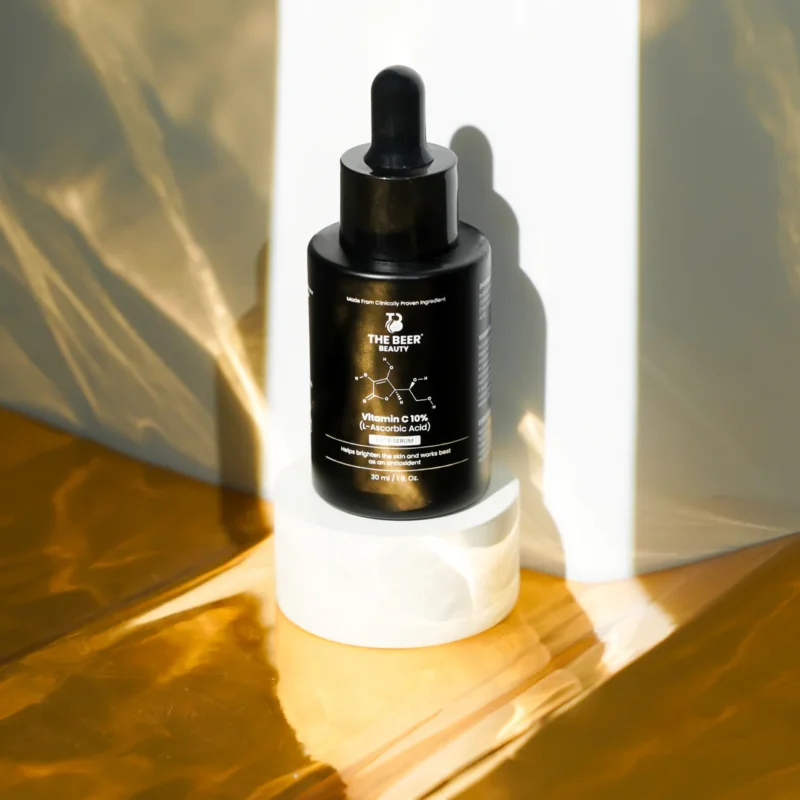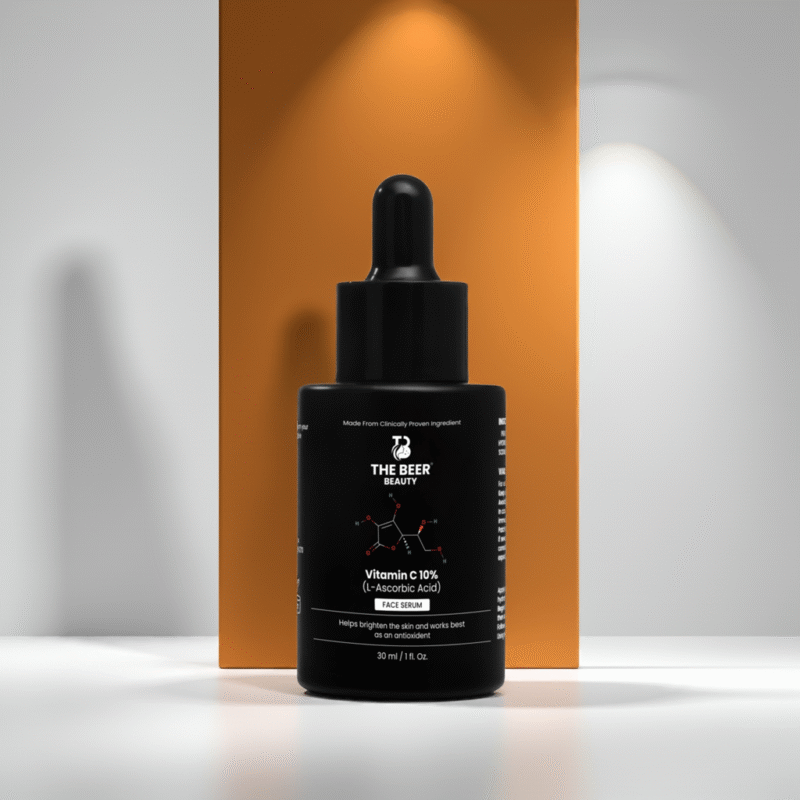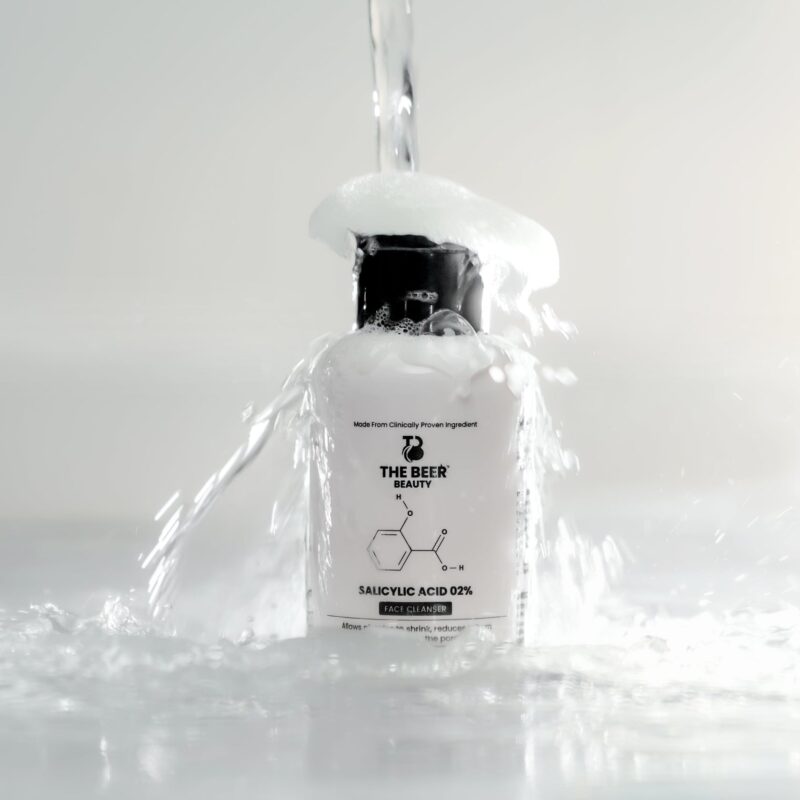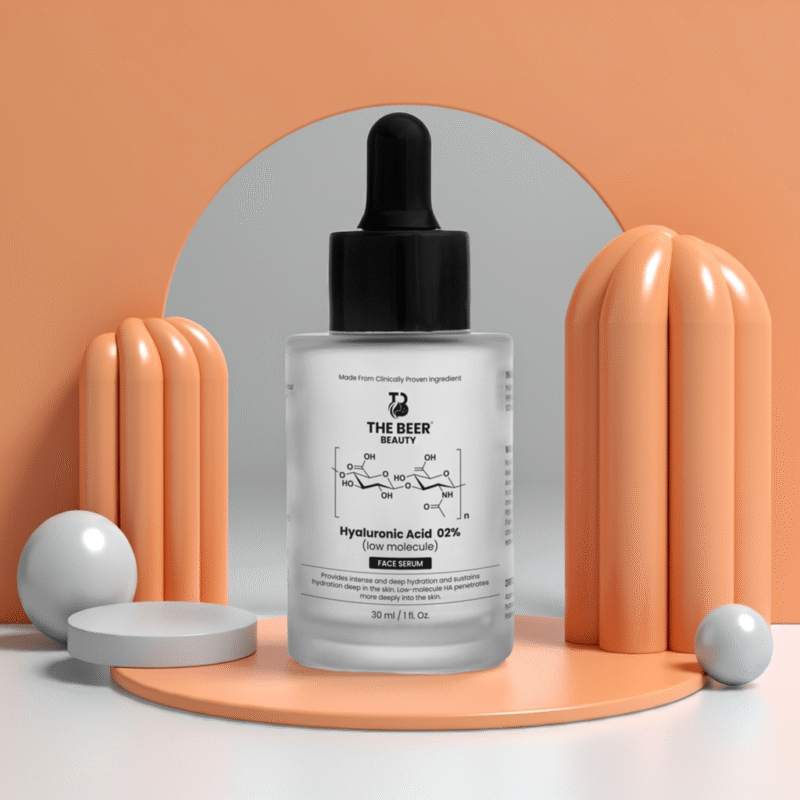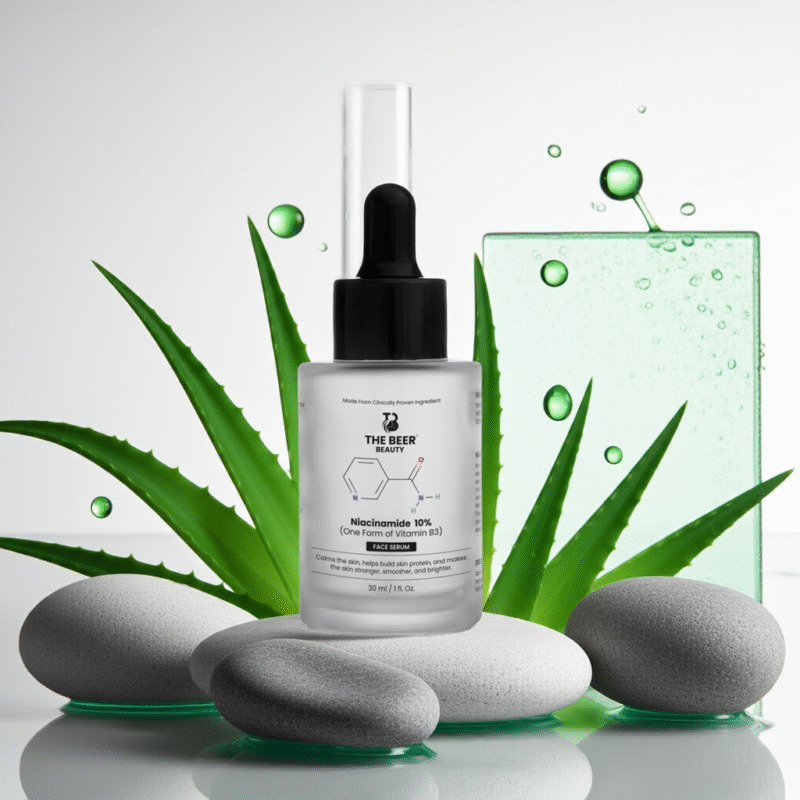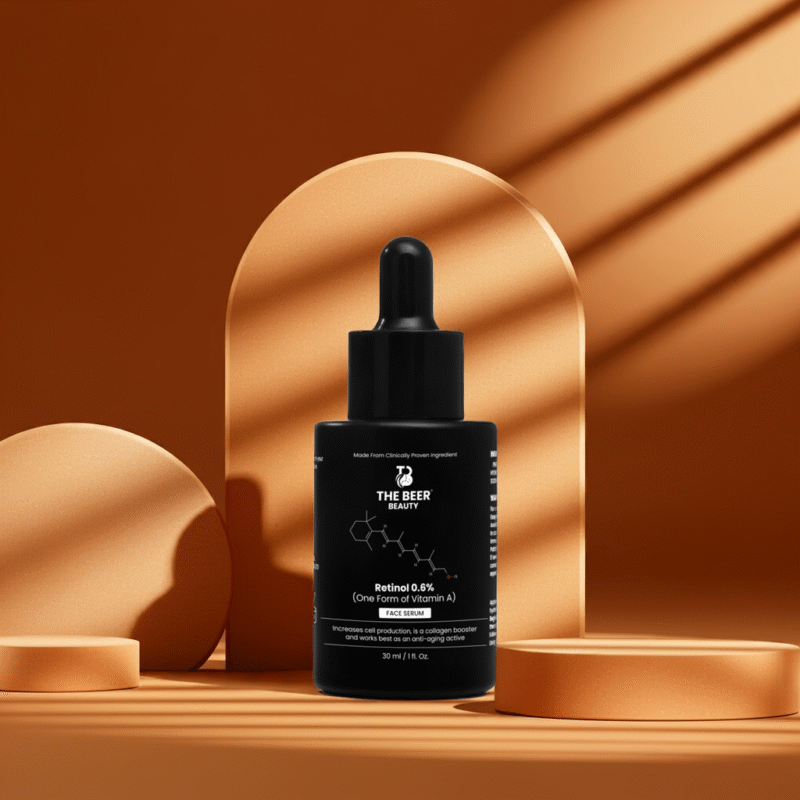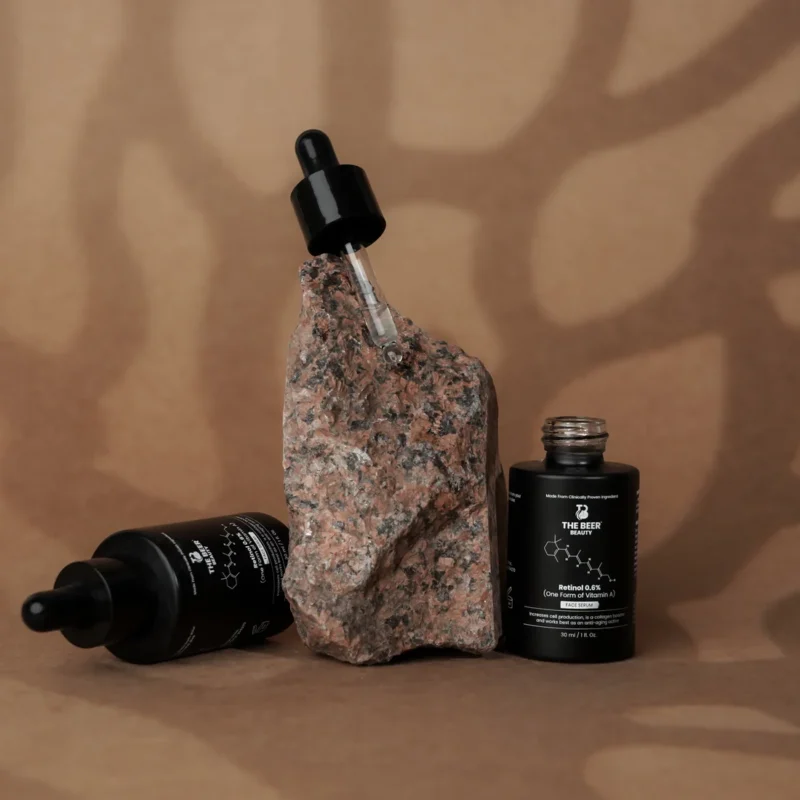Blog
Guide to Layering Serums for Dry Skin: Followed by Moisturizer
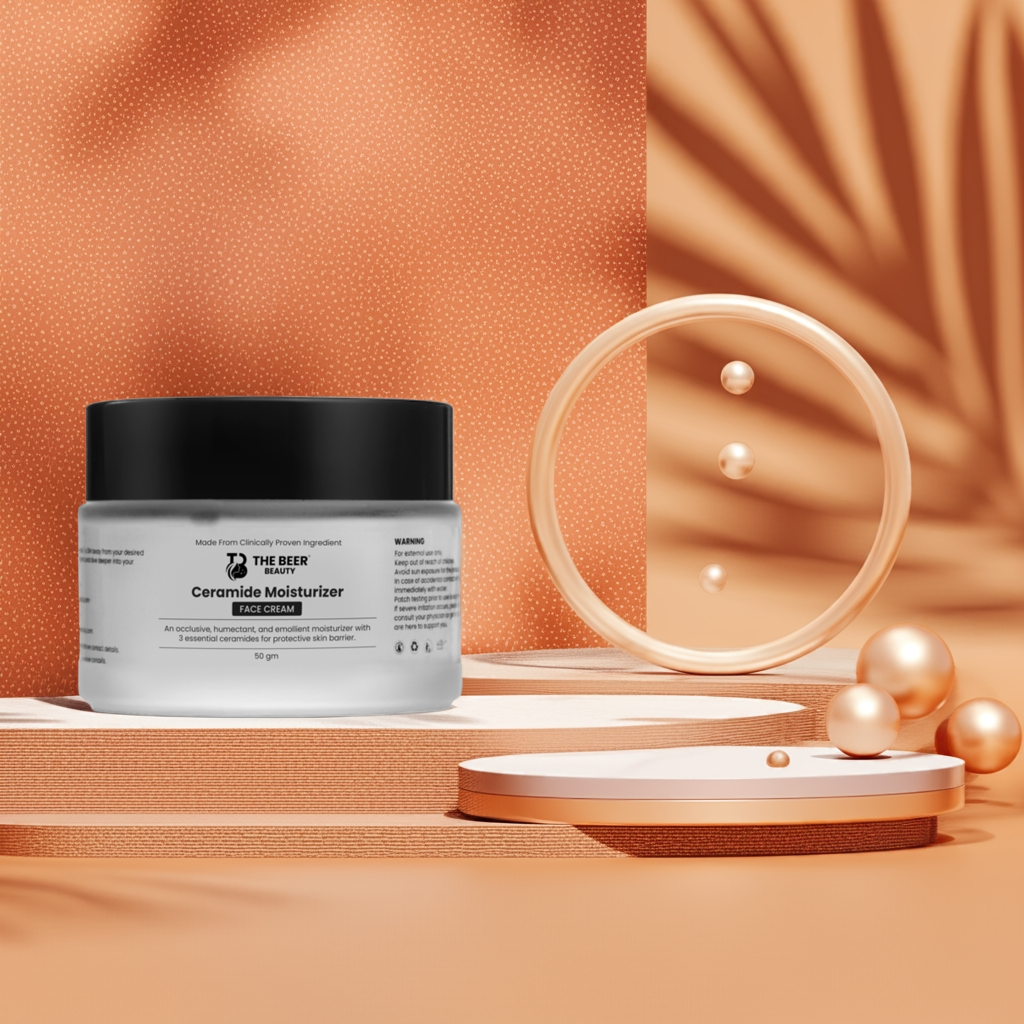
Because hydration isn’t just about using more—it’s about using it right.
Why Dry Skin Needs More Than Just Moisturizer
Dry skin is one of the most common skincare complaints, but it’s often misunderstood. It’s not just about a lack of water or moisture in the skin—it’s also about a weakened skin barrier, improper product layering, and missing essential actives that could boost hydration and repair. People with dry skin frequently experience symptoms such as tightness after washing, visible flaking or rough patches, a dull or tired complexion even after moisturizing, and difficulty maintaining hydration throughout the day.
The biggest myth? “If my skin is dry, I just need a thicker cream.” False. While heavy creams may help temporarily, the real solution lies in how you apply your skincare, especially the order of your products. This is where serum layering becomes essential.
What Is Serum Layering and Why It Matters for Dry Skin
Serum layering refers to the practice of applying multiple serums in a specific sequence to maximize their effectiveness and ensure nothing blocks absorption. Think of it like dressing for winter — you wouldn’t wear a thick coat without a warm base layer underneath. Your skincare works the same way.
For dry skin, layering is crucial because it:
- Allows deep hydration to reach skin cells.
- Builds a multi-level moisture barrier.
- Prevents transepidermal water loss (TEWL), which is when moisture escapes from the skin.
- Enhances the effectiveness of your final moisturizer by prepping and nourishing the skin properly.
The Science of Hydration: Water vs Oil
Dry skin suffers not only from a lack of water (moisture) but also a deficiency in lipids (natural oils). Serums tend to be water-based and focus on delivering hydration to the skin cells, while moisturizers act as the seal to trap that moisture in with oils or occlusive ingredients.
That’s why the layering order is essential:
- Hydrating serum first — to add moisture.
- Moisturizer second — to lock that moisture in.
Skipping the hydrating serum is like watering a plant and leaving it uncovered — the water evaporates quickly, and the plant dries out again.
Step-by-Step: How to Layer Serums for Dry Skin
Step 1: Cleanse Gently
Begin with a gentle, non-foaming or cream-based cleanser that does not strip your skin’s natural oils. Avoid alcohol-based toners and harsh scrubs, which can worsen dryness and damage your skin barrier.
Step 2: Start With a Hydrating Serum
The best choice is a Hyaluronic Acid 2% Face Serum. Apply this on damp skin (within 60 seconds of cleansing) to help it bind water deep into your skin. Hyaluronic acid is a humectant—it attracts moisture from the environment or the deeper layers of your skin.
Pro Tip: Because hyaluronic acid can pull moisture from the air, always follow it with a moisturizer to seal in the hydration.
Step 3: Add a Barrier-Repair Serum (Optional)
If your skin is flaky, red, or irritated, layer a Niacinamide 10% Serum after your hyaluronic acid. Niacinamide improves lipid production, fades dull patches, restores comfort, strengthens your skin’s protective barrier, balances skin tone, and reduces redness or itchiness.
Wait about 30 seconds between layers for proper absorption.
Step 4: Lock It All In With Moisturizer
Seal all the hydration and active ingredients with a rich moisturizer that supports your skin barrier. Look for ingredients like ceramides, squalane, glycerin, or shea butter (non-comedogenic).
This step prevents moisture loss and helps your dry skin feel comfortable throughout the day.
Suggested Routine for Dry Skin (AM & PM)
Morning:
- Gentle Cleanser
- Hyaluronic Acid Serum
- Niacinamide Serum (if needed)
- Moisturizer
- Broad Spectrum SPF
Night:
- Gentle Cleanser
- Hyaluronic Acid Serum
- Niacinamide Serum
- Barrier Moisturizer or Sleeping Cream
Optional: Use a nourishing face oil or sleeping mask once or twice a week for an extra boost.
Common Mistakes to Avoid in Serum Layering
- ❌ Skipping moisturizer after applying a hydrating serum.
- ❌ Using oil-based serums before water-based serums — always layer thinnest (water-based) to thickest (oil-based).
- ❌ Overloading skin with too many actives at once, which can irritate dry skin.
- ❌ Waiting too long between layers — your skin should stay slightly damp to help absorption.
Quick Layering Order Recap
| Product Type | Examples | Order |
|---|---|---|
| Cleanser | Cream cleanser | 1 |
| Water-based Serum | Hyaluronic Acid | 2 |
| Treatment Serum | Niacinamide | 3 |
| Moisturizer | Ceramide cream | 4 |
| Occlusives (Optional) | Oils, sleeping masks | 5 |
FAQs: Dry Skin & Serum Layering
Q: Can I use only one serum if I have dry skin?
A: Yes. Starting with Hyaluronic Acid alone can make a huge difference if followed by a good moisturizer.
Q: Should I use different serums in the morning and night?
A: You can. For example, Niacinamide in the morning for barrier repair and Hyaluronic Acid in both routines for hydration.
Q: Is it okay to skip serum sometimes?
A: Yes, but consistency is key. For dry skin, applying serum at least once a day is ideal.
Q: How do I know my skin is improving?
A: You’ll notice reduced tightness, smoother texture, less flaking, and a soft glow usually within 1–3 weeks of consistent use.
The Beer Beauty Serums Perfect for Dry Skin
Here’s your power trio:
- 🧴 Ceramide Moisturizer 50 gm— for intense hydration
- 🧴 Niacinamide 10% Face Serum — for barrier suppor
Final Thoughts: Hydration Is a Strategy, Not a Sprint
Dry skin can be frustrating, but with the right approach, it’s entirely manageable. The secret lies in layering your serums correctly—hydrating first, then repairing, and finally sealing with moisturizer. This ensures every drop of hydration counts and your skin barrier grows stronger day by day.
Remember, hydration isn’t about using more—it’s about using it right. Make serum layering your dry skin’s new best friend.

